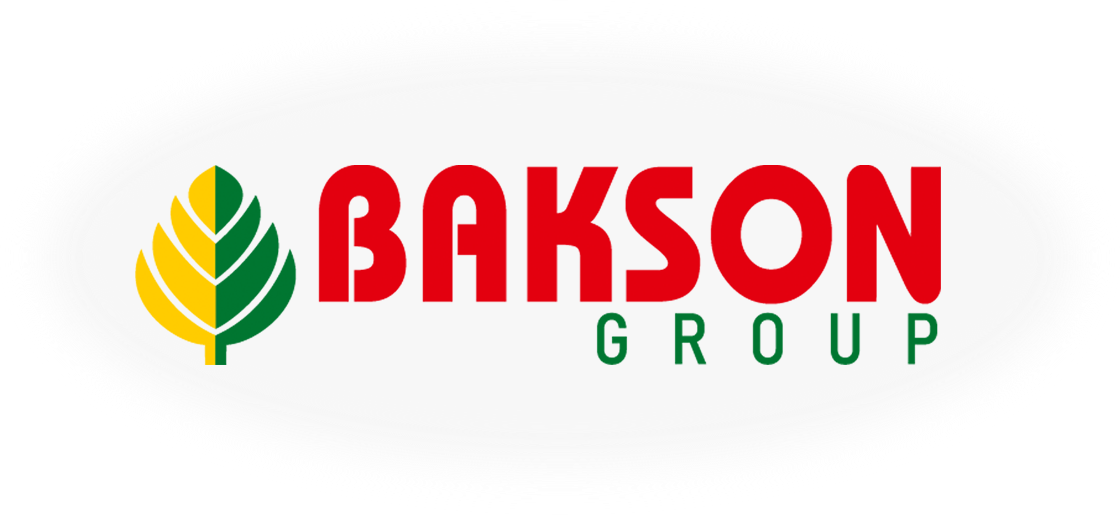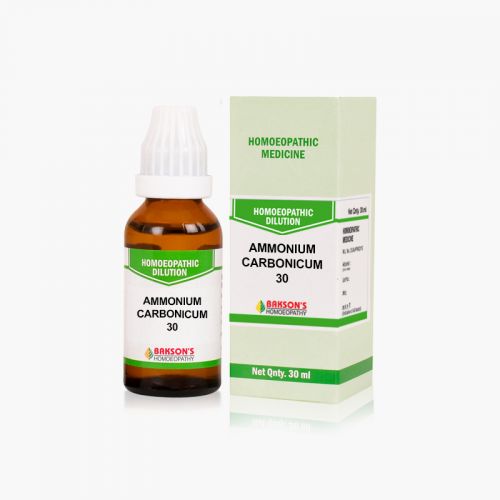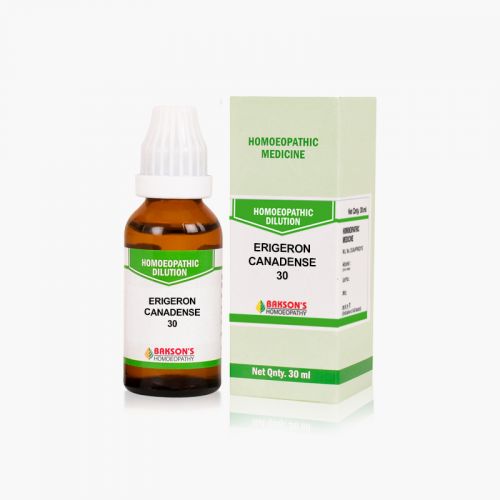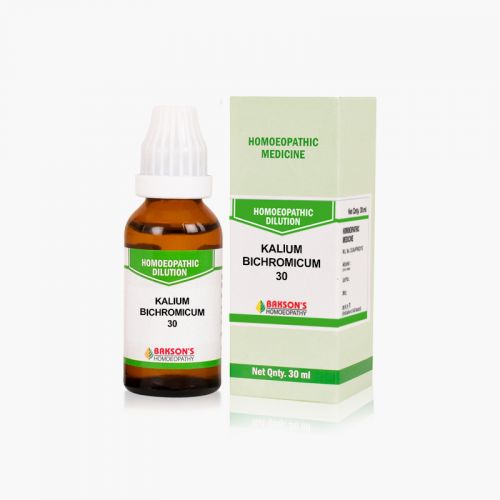We use cookies to make your experience better. To comply with the new e-Privacy directive, we need to ask for your consent to set the cookies. Learn more.
What is Epistaxis?
Epistaxis (nosebleed) is one of the most common ear, nose, and throat (ENT) emergencies that present to the emergency department or the primary care clinic. About 60 percent of people have experienced a nosebleed in their lifetime and it is most common in children ranging from 2 to 10 years old.
There are two types of nosebleeds:
- Anterior nosebleed: The source of bleeding is Kiesselbach's plexus (Little's area) on the anterior nasal septum. This area lies at the entrance to the nasal cavity and is subject to extremes of temperature and trauma. This is the most common site of bleeding.
- Posterior nosebleed: The source of bleeding is Woodruff's plexus situated in the superior or posterior nasal cavity. This type is less common but most difficult to control as bleeding occurs from both nostrils and nasopharynx where the blood is swallowed and presents as haemoptysis.
Causes
There are multiple causes of epistaxis which can be divided into local, systemic, environmental, and medication-induced.
Local causes:
- Digital manipulation
- Deviated septum
- Trauma
Systemic causes:
- Alcoholism
- Hypertension
- Vascular malformations
Environmental factors:
- Allergies
- Environmental dryness (more common in winter months)
Medications:
- NSAIDs (ibuprofen, naproxen, aspirin)
- Illicit drugs (cocaine)
Diagnosis
Proper history and physical examination of the patient is required for the accurate diagnosis. The history must include duration, severity, frequency and the inciting event that caused it. Differentiation between anterior and posterior nosebleed is the key to management. Anterior nosebleed can be diagnosed by direct visualisation using a nasal spectrum. The diagnosis of a posterior nosebleed only after confirming that anterior type was not the cause. Imaging such as X ray and CT scan have no role in urgent management of active epistaxis.
General management
The main goal in the active epistaxis is to control the bleed. Once the bleeding is controlled, it is important to arrange a timely follow up by the concerned specialist.
Warning: Above information provided is an overview of the disease, we strongly recommend a doctor's consultation to prevent further advancement of disease and/or development of complications.
Disclaimer: The information provided herein on request, is not to be taken as a replacement for medical advice or diagnosis or treatment of any medical condition. DO NOT SELF MEDICATE. PLEASE CONSULT YOUR PHYSICIAN FOR PROPER DIAGNOSIS AND PRESCRIPTION.
- AMMONIUM CARBONICUM 30₹ 100.00
- ERIGERON CANADENSE 30₹ 100.00
-
- KALIUM BICHROMICUM 30₹ 100.00
- MELILOTUS ALBA 30₹ 100.00
- TRILLIUM PENDULUM 30₹ 100.00









